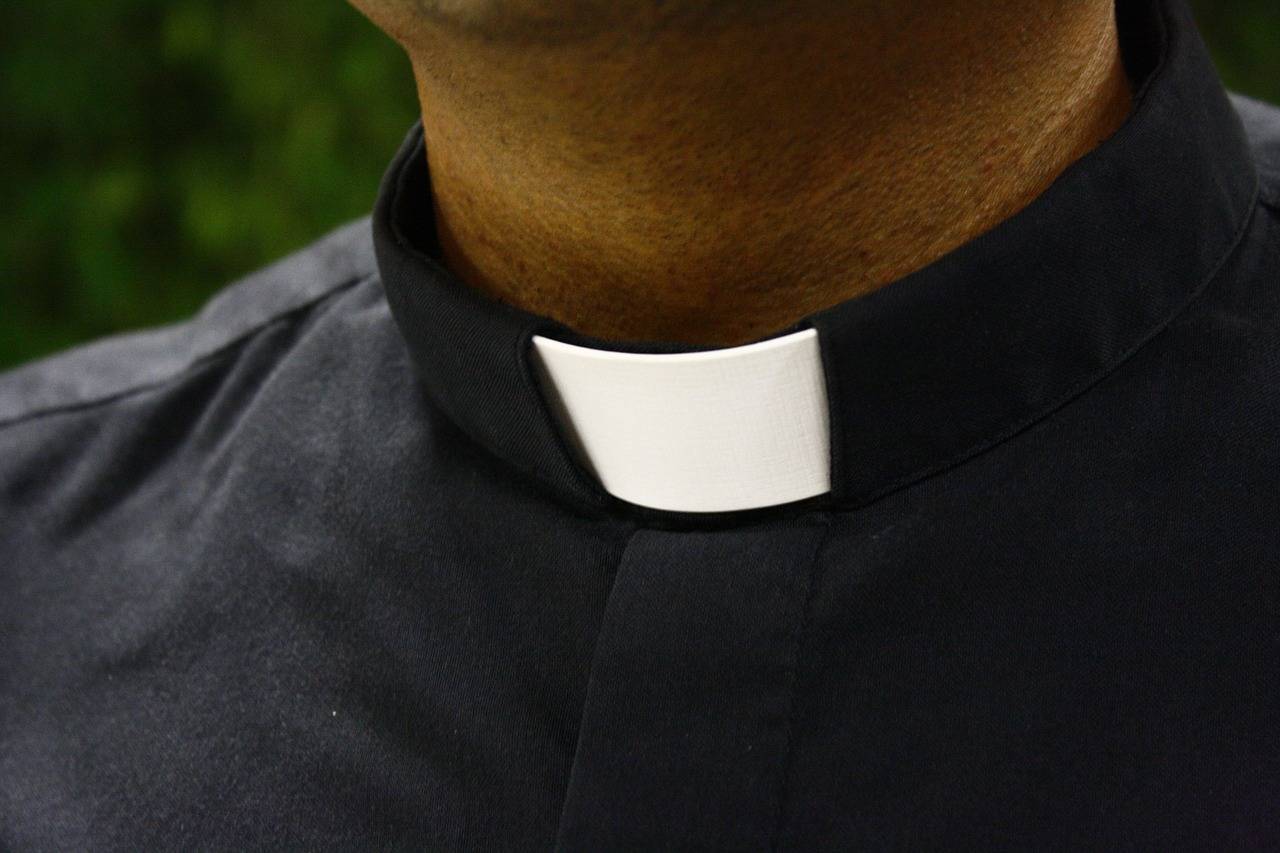After the penances of Lent, the glories of the Easter Season, and then the festivities of three holy days, the Church now returns to Ordinary Time. It can feel odd to say “returns,” since we have to remind ourselves of those few weeks of Ordinary Time that fell after the Baptism of the Lord and Lent.
Yes, the Church this weekend is actually in the eleventh Sunday of Ordinary Time.
As we return to this season of the liturgical year, Mother Church once again clothes herself and her sacred ministers in green. The color, like every other color of the year, is an external reminder of what is supposed to be happening on the interior. As reflected in nature, the color green represents growth, newness, and – as such – it symbolizes hope.
During Ordinary Time, the Church reserves Sundays for the celebration and proclamation of the teachings of the Lord Jesus. Once again, believers are presented with the Gospel of Jesus Christ and are invited to renew their consecration to him and recommit themselves to his most excellent way of love.
As believers are offered this opportunity at interior renewal, they are called on and reminded of the power of God’s grace by the Church’s extensive use of the color green. If Christians hear the Gospel again, and rededicate themselves to the Lord, then there will be internal growth and a flourishing within their souls.
As an example, this weekend we are reminded of the Lord’s teachings on the mustard seed. It is the smallest of the seeds but when it grows it becomes the largest of the plants. The seed is a symbol of our faith and discipleship.
Next Sunday, we will hear about the Lord’s calming of a storm and the awe provoked in the apostles at his authority over nature. This is an instruction to us of the Lord’s power to calm the storms in our hearts and in our lives.
And so, Ordinary Time continues with a play-by-play recounting of the Lord’s teachings.
In the three-year cycle of readings for the Sundays of the year, which are based on the three synoptic gospels of Matthew, Mark, and Luke, the Church focuses on Mark’s Gospel this year.
This particular gospel book is the shortest of the four, and it’s power-packed with teachings and accounts of the life of the Lord Jesus. Tradition attributes the book to Mark, who was a disciple of Paul and then Peter. It is recounted that Mark was Peter’s interpreter and that he wrote his gospel book at the feet of the chief apostle while they were both in Rome.
The traditional context helps to understand the sporadic nature of the accounts in the gospel book since the community in Rome was under persecution. As such, it was a fluid community that demanded a high level of discipleship. And so, Mark only covers the basic teachings. There is little development within the narrative. It is precise and to the point. We don’t see the prophetic development of Matthew, the history of Luke, or the theological commentary of John. Mark presents the Lord Jesus and his teachings, and that is that.
Mark’s Gospel, however, does give the most attention to the emotional life of the Lord. We see more emotion from the Lord Jesus in Mark’s Gospel than anywhere else. As mentioned, we also see a very mission-focused Lord. He is intent on doing the Father’s will, and he will do so “immediately” (a word that is excessively used throughout Mark’s gospel book).
And so, Ordinary Time takes us back to the basics, and this year we receive this renewed proclamation from Mark’s gospel.
Of course, Ordinary Time resumes at a time when many believers are emerging from the pandemic, hitting vacation season, and wanting to see loved ones who have been distant for over a year. The odds are challenging.
Is Ordinary Time going to be passed over this year? Will believers be distracted by good things and miss the most important thing? Should Mother Church forget her green and clothe herself in brown this year, symbolizing a lack of growth and renewal?
Believers can attend to the good things of life, while deepening their faith and drawing closer to the Lord (and even see how their faith can enrich their time with loved ones). The two do not need to be exclusive, but a focused attention is needed. Ordinary Time is needed. Its opportunity to move closer to the Lord Jesus is needed.
And so, this year let the Church wear her green, and may it be – not only a symbol – but a reflection of the true spiritual growth of all believers.
Follow Father Jeffrey Kirby on Twitter: @fatherkirby
















